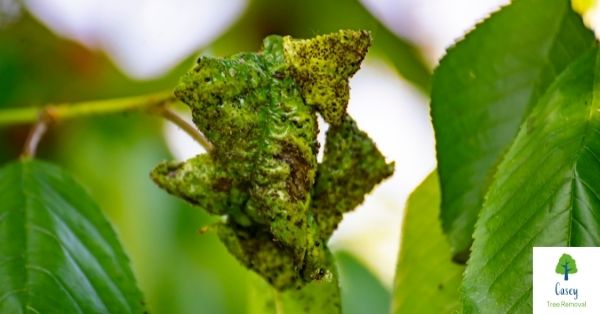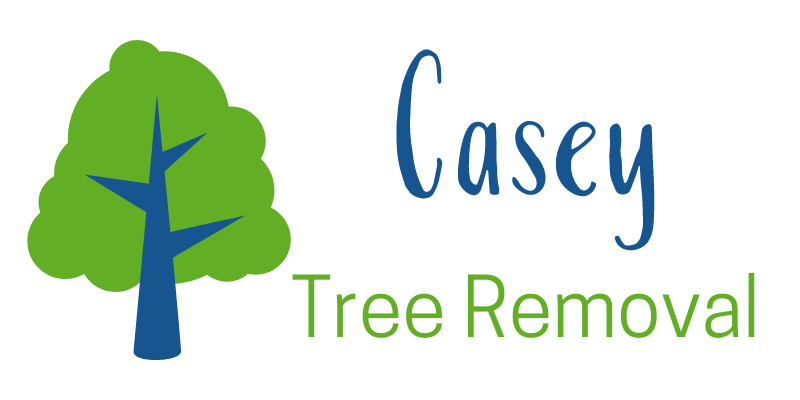When a tree shows visible signs of infection or disease, many things can be assumed as a cause. When identifying troublesome developments with your trees, it’s important to comprehend and contextualize the interpretation of its symptoms. Managing such issues should also be done with caution and procedure, keeping in mind the fact that tree disease is a complicated problem.
The following suggestions are aimed to assist in making preliminary observation and analysis of indicators of tree infection, and should not be used as a single determinant on what course of action to take in tree disease management.
If issues regarding your trees persist or appear to be serious, it’s imperative to consult an arborist for their professional opinion. Things such as taking and analyzing samples, as well as making conclusions on the specific cause for a tree’s issues should likewise be left to arborists.
The following steps are suggested for identifying and deciphering concerning manifestations in trees, and making analysis from visual evidence only:
1. Know What Your Tree Should Look Like
Understand the normal appearance of the given tree, keeping its location, the specific season and other external conditions in mind.
2. Observe Changes
Assess the parts of the tree, consider its distribution of concerning developments or indications of disease, and compare this appropriation with nonaffected trees.
3. Employ Detail and Analysis
Use guidelines and resources to accurately note what kinds of visual indications of disease are developing on the tree. Take specific note of the colour, texture and other manifestations that can be found on the influenced tree.
4. Research
If issues persist in a serious way, consider taking samples. Look cautiously for any proof of infection, and gather it. This work is usually done by a tree care specialist.
Making a Diagnosis
Many things are included between the initial perception of tree issues and the determination of their cause. The primary step in narrowing the possible reasons for your tree’s problems are to identify and eliminate variables that are the less probable cause for the issue.
For a few manifestations, the cause for problems may be easily identified and determined, like when there are pustules on leaves that clearly indicate a rust parasite. However, some problems may have a few potential causes, such as dieback, which could be the consequence of animal chewing stripping bark, a parasitic root illness, or a phytoplasma contamination.
Resolving these specific and complicated issues may include the need to identify potential infectious life forms. This can be a long and confounded process, subsequently reiterating the importance of completing a starter analysis and consulting an expert before determining to take extreme and complicated measures.
It’s important to remember that a good analysis and description of a tree’s issues considers a wide range of information on the host tree, such as the potential external components that can impair its wellbeing, and how the elements and climate in which the tree develops interact with it. Distinguishing the specific reason for an issue in a tree’s development can be troublesome and confusing, yet surprisingly, much can be determined by following straightforward and simple strategies. Upon discovering concerning issues with your trees, it’s essential to employ caution and professionalism. If well informed of preliminary observations, an arborist can assist in making the most sensible decisions for the long-term development of your trees.
Casey Tree Removal – All Tree Services including Tree Cutting, Tree mulching, Tree Trimming, Stump Grinding, Tree Pruning, Stump Removal, Emergency Tree Removal Experts In Melbourne!
Click here to read more articles regarding tree removal & related services.
If you are in Officer South and looking for Casey Tree Removal, below is the best way to visit us.


Recent Comments